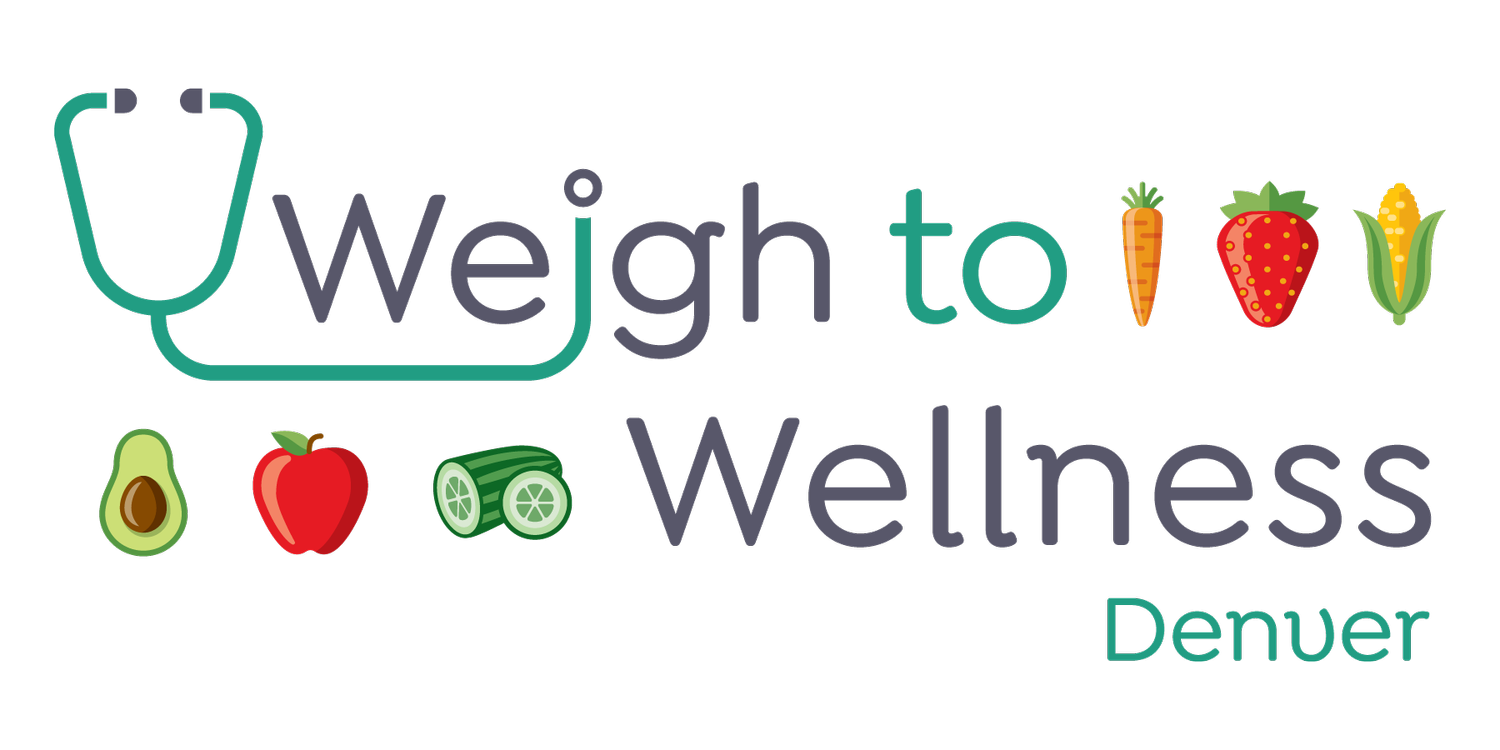Antioxidants
What are antioxidants and what purpose do they serve?
Antioxidants are substances found in foods that prevent or delay cell damage in the body. Because cell damage can lead to various diseases such as heart disease and certain cancers, a diet high in antioxidants may help to reduce the risk of these diseases from progressing or occurring in the body.
Some examples of antioxidants found in the diet
allium sulphur compounds – leeks, onions and garlic
anthocyanins – eggplant, grapes and berries
beta-carotene – pumpkin, squash, mangoes, apricots, carrots, spinach
copper – seafood, lean meat, milk and nuts
flavonoids – tea, green tea, citrus fruits, red wine, onion and apples
isoflavonoids – soybeans, tofu, lentils, peas and milk
lignans – sesame seeds, bran, whole grains and vegetables
lutein – green, leafy vegetables like spinach, and corn
lycopene – tomatoes, apricots, pink grapefruit and watermelon
manganese – seafood, lean meat, milk and nuts
polyphenols – herbs, berries, nuts, red wine, tea
selenium – seafood, offal, lean meat and whole grains
vitamin A – liver, sweet potatoes, carrots, milk, and egg yolks
vitamin C – oranges, blackcurrants, kiwifruit, mangoes, broccoli, spinach, capsicum and strawberries
vitamin E – vegetable oils (such as wheatgerm oil), avocados, nuts, seeds and whole grains
zinc – seafood, lean meat, milk and nuts
Free radicals and oxidative stress
Antioxidants remove potentially harmful substances in the body called free radicals. Free radicals are molecules that our bodies produce as a response to environmental triggers such as exercise, smoking, alcohol, UV rays from sunlight, radiation, and air pollution. When accumulated in the body, free radicals damage important structures in our cells. The body can cope with some free radicals; however, an overload of cell damage over time can lead to oxidative stress. Oxidative stress causes cells to lose their ability to function normally. Lack of proper cell function can lead to cell death and a higher risk of developing certain diseases, such as cardiovascular disease (CVD) and arthritis. Thankfully, antioxidants act as our savior, by foraging and eliminating some free radicals accumulated in the body. Antioxidants help to prevent or reduce cell damage and improve immune defense systems.
Supplements vs whole food sources of antioxidants
The United States Preventative Services Task Force (USPSTF) found evidence to recommend against use of antioxidant supplements such as vitamin A, vitamin C, or vitamin E. Many believe antioxidant supplements are useful to prevent oxidative damage; however, randomized control trials have not demonstrated any reduction in risk associated with these diseases from use of supplements. This is likely due to the fact that supplements do not contain the important polyphenols found in whole foods. On the other hand, antioxidants from whole food sources have proven to have a beneficial effect on reducing oxidative damage.
Is wine an antioxidant?
By taking a closer look into wine’s chemical components, we see it is composed of water, alcohol, carbohydrates, organic acids, and polyphenols (including resveratrol). Resveratrol has been shown to decrease blood pressure. Studies have supported results that red wine has the ability to improve high blood pressure, most likely from the help of wine’s resveratrol content.
Not all wine is created equal; some wines have a higher resveratrol content than others, leading to skewed data from studies done on the possible benefits of wine. Although wine can have it’s benefits, USDA also advises to obtain antioxidants from whole food sources, as alcohol has a negative effect on other bodily organs such as brain, kidney, and liver health to name a few. USDA recommends no more than one glass of wine daily for women and no more than two glasses of wine daily for men.
Bottom line
Including a variety of antioxidants in the diet can help to prevent cell damage from oxidative stress, helping to prevent risk of certain cancers and CVD. A diet high in antioxidants should add plenty of color to your plate, so feel free to “eat the rainbow"!
Want to learn more? More information on antioxidants found here: https://www.ars.usda.gov/oc/fnrb/fnrb499/#:~:text=Preferred%20vegetables%20are%20dark%20green,is%20preferable%20to%20fruit%20juice.f

